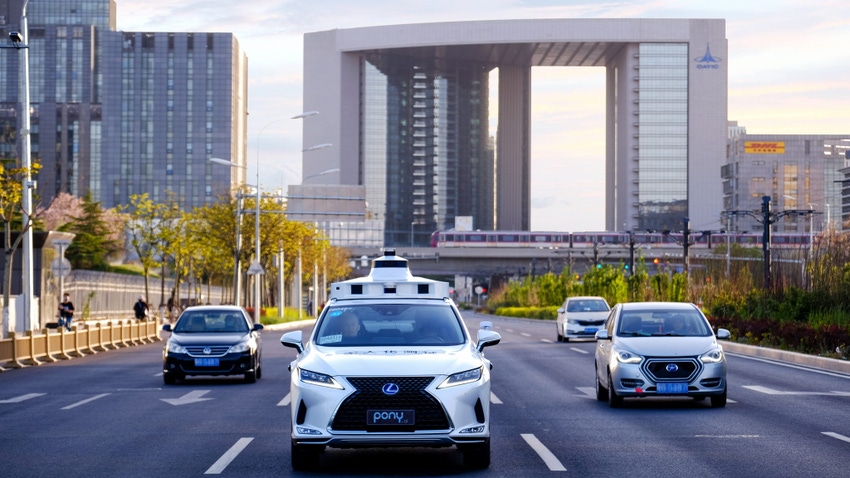Baidu and Pony.ai’s self-driving cabs are up and running
July 22, 2022

A commercial driverless robotaxi service is now being offered on the roads of the Chinese capital, Beijing.
Confirmation that self-driving cabs are up and running comes following the award of two operating permits in April to Pony.ai and Baidu.
As you might expect, the new service does come with some restrictions.
The two companies can run only 30 unmanned vehicles in a specific area known as the Beijing High-level Automated Driving Demonstration Area, which occupies 23 square miles.
And although the robotaxis are not required to have a human safety operator in the driver’s seat, they must have a monitor in the passenger’s seat.
In the Pony.ai cabs at least, charges will be on the same level as in robotaxis with a driver. In rush hour, this equates to $0.44 per mile, while off-peak it is $0.38 per mile.
Pony.ai also suggests it will offer incentives to try to attract potentially skeptical customers in the early days of the service, although it is unclear at this stage what these might be.
The commercialized service is still being treated as a pilot, and the local authorities have laid down strict regulations that Pony.ai and Baidu will have to provide comprehensive records of mileage traveled, order times and customer feedback.
Fare-charging robotaxis have been operating in Beijing since November 2021, albeit with safety drivers on board. In that time, Pony.ai carried more than 80,000 passengers in the city.
Cabs are ordered via the PonyPilot+ app, which will now be updated to allow users to specify whether they want to ride in an unmanned vehicle and how long they are prepared to wait for a pick-up.
Peng Jun, co-founder and CEO of Pony.ai, welcomed the arrival of the commercialized service.
“Autonomous driving technology has come to the eve of large-scale commercial application,” Jun said. “Beijing’s policy breakthroughs are a great encouragement to the entire industry. Autonomous driving technology is advancing rapidly, and the business model is being further verified.”
Beijing’s introduction of commercialized driverless robotaxis comes just a month after San Francisco saw General Motors subsidiary Cruise launch its fare-charging unmanned service – the first of its kind in a major US city.
It has attracted headlines of the wrong kind, though, in its first few weeks, with a small fleet of taxis blocking one street for hours following an unexpected technical glitch.
About the Author(s)
You May Also Like


.jpeg?width=700&auto=webp&quality=80&disable=upscale)
.png?width=700&auto=webp&quality=80&disable=upscale)



.png?width=300&auto=webp&quality=80&disable=upscale)
